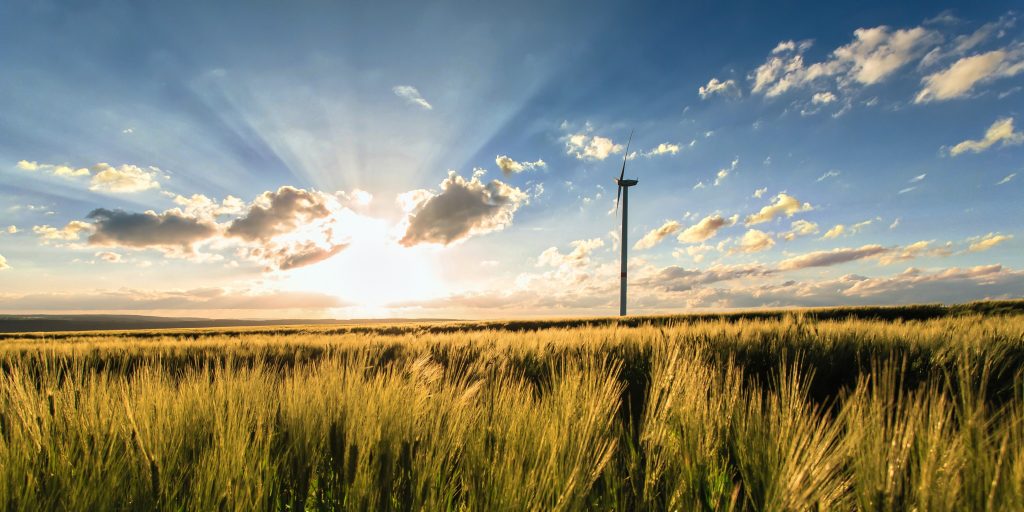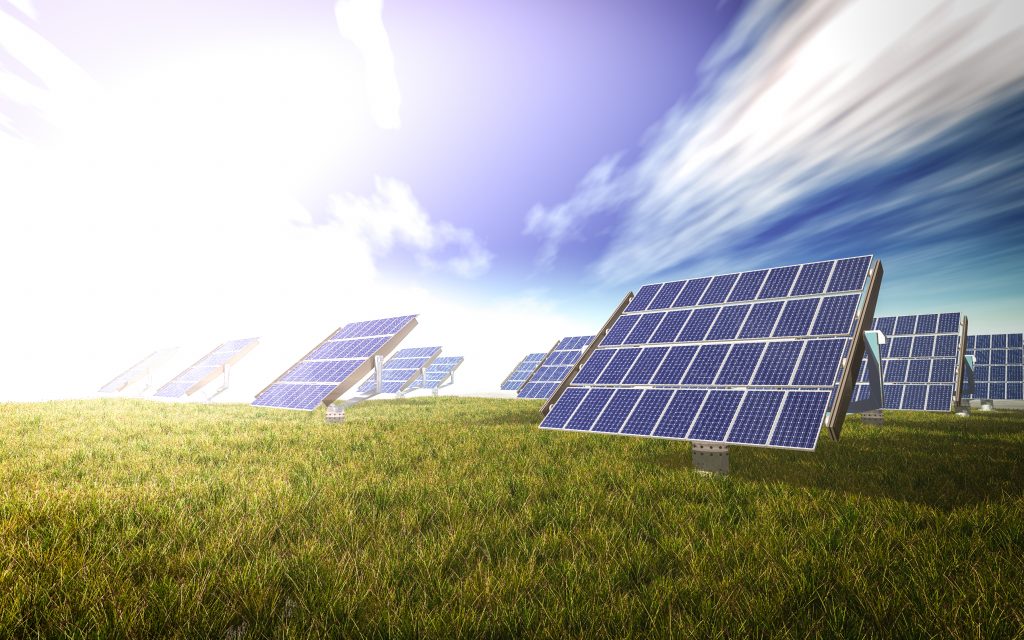The strength of Serbia’s energy lies in the potential of renewable energy sources, but at the same time, the insufficient use of that potential is the country’s weakness
Renewable energy sources (RES), although known for centuries, only gained more importance after the “energy crisis” in 1974. RES, as the seventh of the 17 UN Sustainable Development Goals listed in the document called Affordable and Clean Energy, are becoming increasingly important and a priority among the global goals for saving the planet. The Paris Agreement on Climate Change from 2015 also highlighted the crucial importance of RES. It is estimated that the use of renewable energy sources, along with increased energy efficiency and electrification of traffic, will result in an effective impact on reducing global warming and pollution.

The 2020 pandemic singled out renewable energy sources as an important topic, underlining the importance of clean technologies for human health, as well as for the energy independence of each country. In 2020, for the first time in history, renewable energy sources in Europe surpassed the production of energy obtained from fossil fuels.
In the future, even greater growth of RES capacity is expected, because, in order to achieve the climate goal of reducing the increase in average global temperature by 1.5°C by 2050, the use of fossil fuels must be reduced by at least 75%. Europe is working rapidly to turn its energy capacities into green ones, especially by expanding the use of solar and wind energy.
RENEWABLE ENERGY SOURCES IN SERBIA
The potential of renewable energy sources stands out as a strength of the Republic of Serbia’s but at the same time, also as a weakness due to the insufficient use of this potential. However, Serbia has made progress since 2015, primarily with the construction of seven wind farms with 398 MW of a total capacity. According to data from 2019, RES’ share in gross final energy consumption was about 21.5%, and during 2020, no new large-size RES projects were included in the country’s power grid so the percentage did not increase significantly.
“It is important to raise awareness in society about the value of energy and the need for its rational use”
According to the projections contained within the 2025 Energy Development Strategy of the Republic of Serbia, the total potential of renewable energy sources in our country is 5.65 million tonnes of oil equivalents (toe) per year. The total use of this potential, according to the latest data from 2019, is 2.06 million toe. The energy was and remains an area of special importance for the entire economy and society, and one of the main requirements for the country to be cleaner, that is to rely as much as possible on renewable energy sources and as little as possible on depleting resources. Although the Republic of Serbia has renewable energy sources like sun, water, wind, geothermal energy and biomass, RES remains untapped potential in the country.
WATER
According to the data of the Association “Renewable Energy Sources of Serbia” published on the site oie.rs, about 80% of electricity from renewable sources in Serbia comes from hydro potential. Serbia has 2,466 MW of installed hydropower capacity. Renewable producer status was acquired for 2,355 MW in large hydropower plants which operate under the system of the Electric Power Industry of Serbia (EPS), which annual production is about 10 TWh. EPS owns 15 small hydropower plants with a total capacity of 20 MW. Also, private investors have built 122 small hydropower plants with a total capacity of 77.61 MW in the feed-in tariff system, while 32 SHPPs, with a total capacity of about 30 MW, have the status of a temporary preferential producer or are under construction. Hydropower plants make up about 30 percent of the total electricity production of PE EPS, of which more HPP Djerdap produces over two-thirds of the electricity in the country. Due to the impact of hydropower plants on the environment, the Draft Law on the Use of Renewable Energy Sources envisages a ban on the construction of small hydropower plants in protected areas, unless the Government decides that an SHPP can be built because it is in the public interest.
WIND
The wind energy industry is developing and advancing the fastest out of all energy segments. So far, 8 wind power plants with a total capacity of 398 MW have been connected to the Serbian electricity grid, and wind projects, with a total capacity of 4 GW, are under development. Some of the largest wind farms such as Čibuk1, Kovačica, Alibunar and Košava have been built, which are financed by loans from international financial institutions and commercial banks. Except in the area of South Banat, known for the strong southeast wind (košava, in Serbian) where all wind farms are located, Eastern Serbia also has the potential for developing wind farms, as does the area of Zlatibor and Pešter plateau.
“One of the main requirements for energy is to rely as much as possible on renewable energy sources”
SUN
As stated on the site oie.rs, in the coming years, an investment boom and the arrival of large investors are expected in the solar energy segment because solar energy potential is quite untapped in Serbia. It is encouraging to see that PE EPS also plans to build a solar power plant with a capacity of 9.95 MW, for which all necessary permits have already been obtained. So far, 107 solar power plants with an installed capacity of 8.82 MW have been built in Serbia, which are part of the feed-in tariff system. It is estimated that solar power plants, of a total power of about 2.5 MW, are not part of the aforementioned system.
BIOMASS
According to the data from the 2025 Energy Development Strategy of the Republic of Serbia, the greatest potential of Serbian renewable energy sources lies in biomass, i.e. 3.4 million tonnes of oil equivalent, which is more than half of the defined national potential. Bearing in mind that, according to the official register of the Ministry of Mining and Energy, only one biomass power plant has the status of a privileged producer of electricity, the potential of biomass is very poorly utilized.
BIOGAS
Unlike biomass power plants, there are many biogas power plants in Serbia. Investors are very interested in this energy segment, primarily due to favourable incentives and prices, as well as simplified procedures for connecting to the grid of small plants. Since 2016, 28 biogas power plants have been built in Serbia, with a total capacity of 27 MW, while 73 biogas power plants, with a capacity of about 70 MW, are under construction.

OTHER TECHNOLOGIES
In addition to the well-known mentioned renewable energy sources, there is a growing interest in geothermal energy, but also in completely new technologies, such as green hydrogen. Geothermal energy is a largely untapped resource in Serbia, especially in the Pannonian Basin. Except in spas, thermal springs can be used to produce heat for district heating systems. Foreign investors have been exploring possible locations for the construction of geothermal power plants for several years. Green hydrogen is recognized in the Draft Law on Renewable Energy Sources as an energy source which uses in Serbia should be encouraged and developed. The data is provided by the Association “Renewable Energy Sources of Serbia” published on the site oie.rs
Informing and educating the public about the need to improve energy efficiency and the possibilities of using renewable energy sources is a very important prerequisite for the desired change towards more rational energy consumption and choice of energy sources, as well as the use of more efficient devices and technologies. It is important to raise awareness in society about the value of energy and the need for its rational use.
Source: https://oie.rs